May 30, 2025 | 17:50 GMT +7
May 30, 2025 | 17:50 GMT +7
Hotline: 0913.378.918
May 30, 2025 | 17:50 GMT +7
Hotline: 0913.378.918
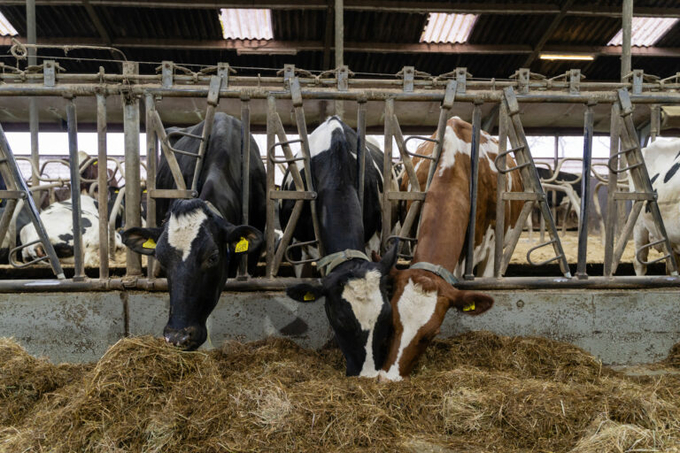
The Nevada State Department of Agriculture has stated that the D1.1 strain of H5N1 is the first detection of this virus genotype in dairy cattle. Photo: Andrea van Schaik Photography.
The D1.1 strain has now been found in 6 dairy herds in Nevada. The strain was first detected on 31 January as a result of silo testing under the USDA’s National Milk Testing Strategy (NMTS) in Nevada.
While this strain has been seen in previous months, it has mostly impacted wild birds and poultry in North America. The Nevada State Department of Agriculture (NDA) said that this is the first detection of this virus genotype in dairy cattle, and is the strain that has also severely affected humans who have been in contact with infected birds. Genotype D1.1 represents the predominant genotype in the North American flyways this autumn and winter and has been identified in wild birds, mammals, and spillovers into domestic poultry.
Human cases
This H5N1 bird flu genotype differs from the B3.13 genotype previously detected in dairy cows and which has been circulating in dairy herds in the US, seen in human cases and some poultry outbreaks.
According to the Centers for Disease Control and Prevention (CDC), in December, after coming in contact with poultry, a patient over the age of 65 was hospitalised with a severe case of avian influenza A(H5N1) virus infection in Louisiana. In January, the CDC reported the tragic death of the patient, who also had underlying health issues. Partial viral genome data of the H5N1 avian influenza virus that infected the patient in Louisiana indicated that the virus belongs to the D1.1 genotype related to other D1.1 viruses recently detected in wild birds and poultry in the US and in recent human cases in British Columbia, Canada, and Washington state.
Cow symptoms
Cows experiencing symptoms of D1.1 include milk production loss and a notable decrease in appetite. Scientists are currently doing research on the D1.1 strain to try to learn more about this strain and how it spreads.
The cases of H5N1 that have been reported thus far totals almost 1,000 cow herds across 16 US states, most recently in California.
According to CDC, it is currently:
(Poultryworld)
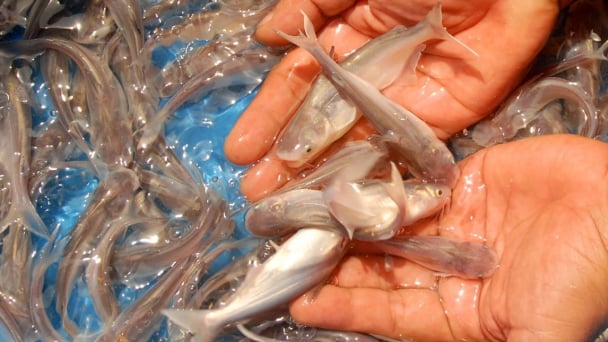
(VAN) Vaccinating juvenile pangasius helps reduce disease, antibiotic use, and farming costs, increasing profits for export-oriented farmers in An Giang.

(VAN) Due to a limited supply of workforce and competitive recruitment requirements, businesses struggle to retain talented veterinary human resources.
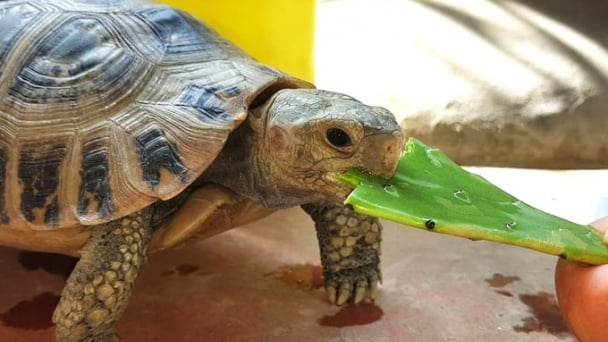
(VAN) WOAH’s guidance aims to mitigate disease risks through a One Health approach that balances economic, conservation, and public health interests.

(VAN) Ms. Nguyen Thi Dung, Deputy Director of Ngoc Hoang Cooperative, shared about the journey of bringing dragon fruit to Europe, achieving annual revenues in the billions of VND.
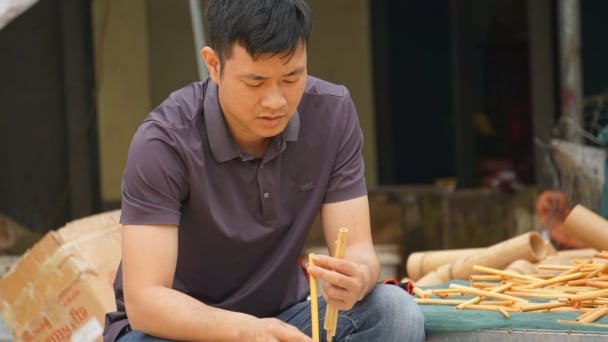
(VAN) Bamboo products from Thang Tho Bamboo Cooperative have reached many countries around the world, while also creating jobs for local workers.
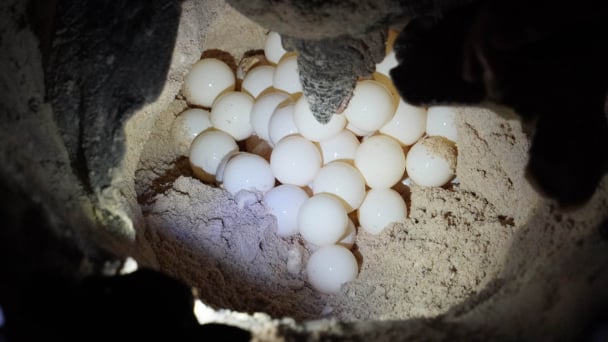
(VAN) The Management Board of Con Dao National Park reported that a green sea turtle, tagged in the Philippines, has traveled thousands of kilometers to lay 84 eggs on Bay Canh Islet.
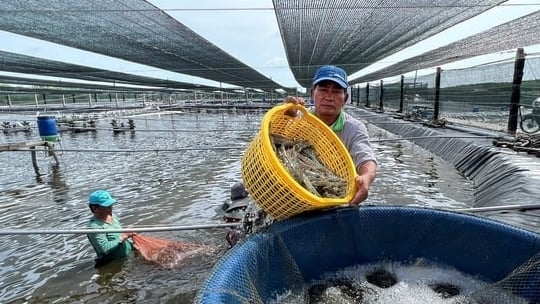
(VAN) Green technology is paving a new path for sustainable aquaculture in the Mekong Delta in particular and across the country in general, helping reduce emissions and adapt to climate change.